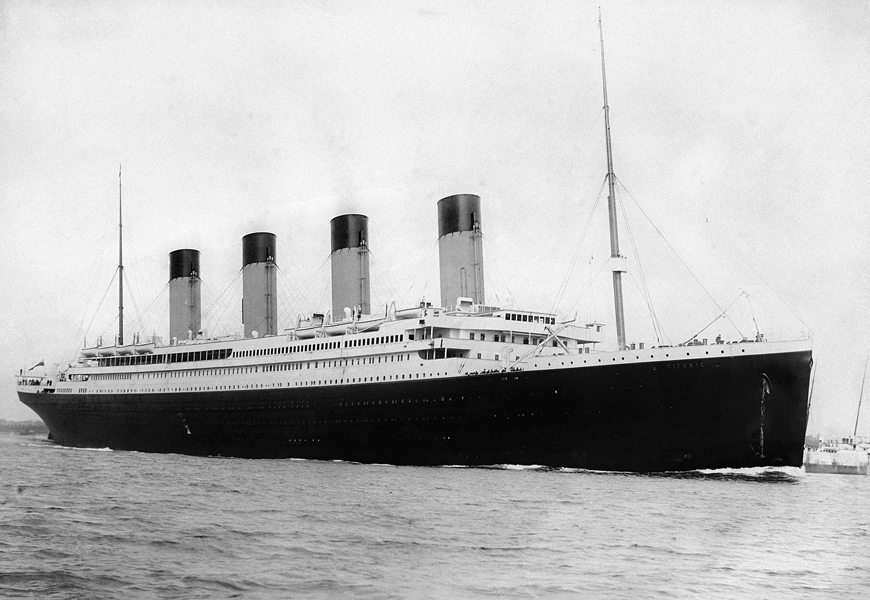The retail bonanza known as Black Friday is now an integral part of many people’s yearly shopping traditions, but the retail tradition has darker roots than you might imagine…
Black Friday, the day following Thanksgiving Day in the United States, has become synonymous with crowds of shoppers, bustling malls, and eye-catching sales. It unofficially marks the beginning of the holiday shopping season, a crucial period for the economy, particularly for retailers. But how did this day earn its ominous-sounding name, and how did it evolve into a global shopping event? Here’s the real history of Black Friday, from its origins and its transformation over the years.
The Early Beginnings
The term “Black Friday” originally had no connection to shopping. In fact, the first recorded use of the term was used on Friday, September 24, 1869, when two notoriously ruthless Wall Street financiers, Jay Gould and Jim Fisk, caused a financial crisis by attempting to corner the gold market on the New York Stock Exchange. The pair worked together to buy up as much as they could of the nation’s gold, hoping to drive the price sky-high and sell it for astonishing profits. On that Friday the conspiracy finally unraveled, sending the stock market into free-fall and bankrupting everyone from Wall Street barons to farmers.
The government stepped in to correct the disruption, which led to prices plummeting and many investors losing vast sums of money. This day became known as Black Friday, joining other “black” days on Wall Street, such as the more well-known Black Tuesday of the 1929 stock market crash.
From Ledger Books to Shopping Bags
The term’s association with shopping emerged in the 1950s in Philadelphia. Police officers used it to describe the chaos that ensued on the day after Thanksgiving, when the city would be flooded with suburban shoppers and tourists arriving early for the annual Army-Navy football game held on that Saturday. Philly cops had to work long hours to control the crowds and traffic, and they loathed the hectic day, hence dubbing it “Black Friday.”
Around the same time, the “red to black” concept was becoming a common phrase among American retailers. It was tradition for stores to operate at a loss (“in the red”) from January to November, and it was the holiday season that would bring them into profitability (“in the black”). Retailers started to adopt the Black Friday term, spinning it into a positive light to denote the period when they would start to turn a profit.
The Rise of a Shopping Holiday
Retailers began to realize the potential of this post-Thanksgiving day in the 1980s. They started offering special promotions and opening early to attract customers. This strategy worked, and year after year, more retailers joined in, making Black Friday a de facto retail holiday. The day has since been known for deep discounts, “doorbuster” deals, and limited-time offers that create a sense of urgency among consumers.
A Global Phenomenon
With the advent of the internet and the globalization of many business practices, Black Friday has transcended American borders. Today, it is observed in countries around the world, even in places where Thanksgiving is not a traditional holiday. The spread has been further propelled by online retailers, who have turned Black Friday into a multi-day, and sometimes even a week-long, event.
Cyber Monday and Beyond
The Monday following Black Friday has been dubbed “Cyber Monday,” a day promoting online shopping with similar deals to those found in physical stores. It was first used in 2005 by the National Retail Federation to encourage people to shop online, at a time when e-commerce was just starting to take off.
Economic Impact and Criticisms
Black Friday has had a significant impact on the economy, often being one of the biggest revenue-generating days for retailers. It has also faced criticism for promoting consumerism, inciting chaos, and putting pressure on employees. Over the years, there have been reports of violence and accidents in stores due to overcrowding and the frantic pursuit of discounted items.
Looking to the Future
As online shopping continues to grow and consumer habits evolve, Black Friday is also changing. Some retailers are extending their sales to avoid the rush and are focusing more on online promotions. There’s also a growing movement towards more sustainable practices, with some consumers and businesses emphasizing quality over quantity and ethical shopping over doorbusters.
In conclusion, Black Friday’s journey from a financial collapse to a celebration of consumerism is a reflection of broader economic and cultural shifts. Its evolution continues, mirroring changes in how we shop, how we work, and how we think about consumption and community in an increasingly connected world.












